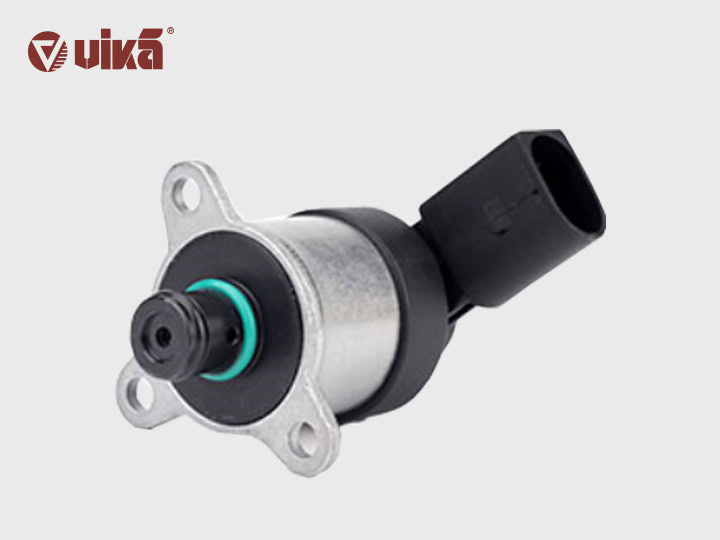What is the working principle of a fuel regulating valve in a common rail system?
07-21,2025
In the electronic control high-pressure common rail fuel pump used for a diesel engine, the common rail system fuel regulating valve acts as an important actuator. Based on ECU instructions, it uses pulse signals to control and adjust the driving current of the fuel metering valve. In this way, it changes the displacement of the control valve core, and adjusts the amount of fuel entering the plunger chamber of the high-pressure fuel pump, thus stabilizing and regulating the pressure of the high-pressure common rail pipes. It is a key component in the high-pressure common rail system of diesel engines.
Symptoms of a failed fuel regulating valve in a common rail system:
The car needs to be started multiple times or cannot be started: A failure of the regulating valve can affect the pressure and fuel injection volume of the fuel injection device, resulting in difficult startup or requiring multiple attempts at startup.
Insufficient engine power or weak acceleration ability: The regulating valve cannot adjust the fuel injection amount properly, which results in insufficient fuel supply and affects engine output.
Instability or flameout in idle status: Inaccurate fuel volume adjustment may lead to idle instability or even flameout, especially at low speeds or in idle status.
Increased fuel consumption: A failure of the regulating valve may lead to abnormal fuel injection, such as excessive or insufficient fuel, thus resulting in increased fuel consumption.
Reasons for failures of a fuel regulating valve in a common rail system:
The valve core is worn and stuck, resulting in inaccurate valve opening and fuel pressure fluctuations.
There is short circuit, open circuit, poor insulation, or damaged wire harness.
Mechanical components such as diesel fuel injector and high-pressure fuel pump are damaged.

Advantages of vika common rail system fuel regulating valves:
The vika common rail system fuel regulating valves adopt enameled wires imported from Germany, leading to a 20% increase in sensitivity.
The valve cores are coated with rare metals to enhance wear resistance, reduce residual magnetism, and realize faster response.
The roundness of the valve bodies and seats is 0.3μ -0.8μ, leading to higher sealing performance.
